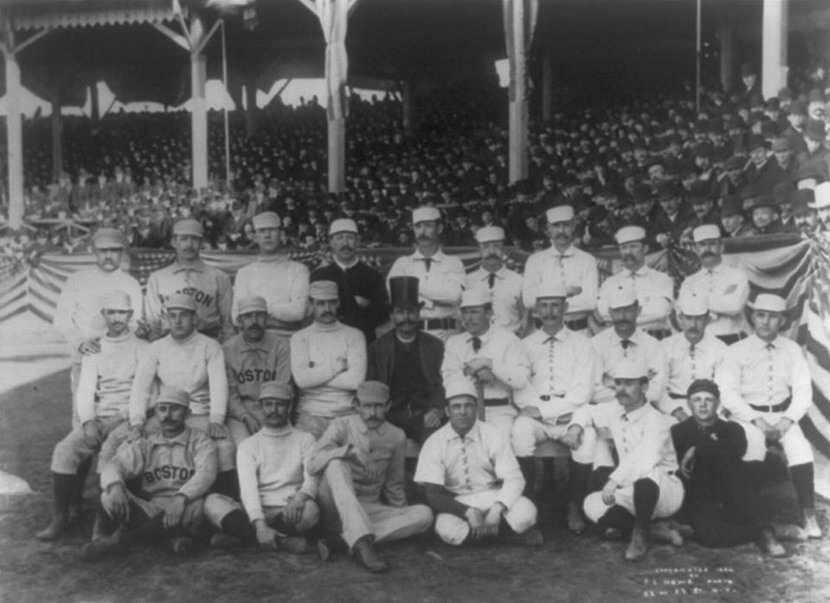Why does a simple gesture, a raised middle finger, carry such a potent and universally understood message of disrespect and defiance? Because this seemingly crude act, often referred to as "flipping the bird," has a rich and surprisingly complex history, stretching back to ancient civilizations and evolving into the potent symbol it is today.
The act, known in Latin as "digitus impudicus," or the "indecent finger," dates back to the Roman Empire, where it was used to express contempt. The gesture's meaning has remained remarkably consistent across millennia, communicating a clear message of disapproval. The Romans, who adopted many cultural practices from the Greeks, also seem to have adopted this particular form of expression.
Here's a look at some of the key people and events that have shaped the history of this gesture:
- Hilary Duff Height Weight Body Measurements Unveiled
- Unraveling The Adrianna Hutto Case The Shocking Truth
| Person/Event | Description | Significance |
|---|---|---|
| Ancient Romans | Used the "digitus impudicus" (the middle finger) as an insult. | Established the gesture as a symbol of contempt and disrespect. |
| Emperor Caligula | Had subjects kiss his extended middle finger. | Demonstrates the gesture's association with defiance and mockery of authority. |
| Battle of Agincourt (1415) | French threatened to cut off the middle fingers of captured English archers. | Contributes to the story of the gesture's origins and its association with defiance, particularly during a war. |
| 19th-Century Theater Audiences | Used bird sounds to express disapproval. | Suggests a possible link between the bird sound and the gesture. |
| 1800s, Music Artists | Gesture being increasingly used as a sign of disrespect. | Shows the increased recognition of this gesture as a sign of disrespect. |
| Charles Radbourn (1886) | Pitcher for the Boston Braves, pointing the middle finger. | One of the first instances captured on camera. |
| 1960s | The "finger" becomes the "bird." | Marks a key point in the evolution of the colloquial term. |
| Adele, M.I.A., and other modern celebrities | Use of the gesture in contemporary media. | Perpetuates the gesture's relevance in modern culture. |
For additional information, you can refer to the Wikipedia article on the middle finger.
It's easy to imagine that the extended middle finger was always offensive. Its blatant display, the symbolic extension of a single digit, conveys a message of defiance that transcends language barriers. The gesture is more than just an insult; it's a declaration. It is, as some have termed it, a "universal message" that can be seen in a multitude of contexts, from a heated moment on the highway to viral memes on social media. The digitus impudicus has stood the test of time, a defiant symbol in a world always in flux.
The gesture's roots lie deep in history. The Romans, known for their often blunt expressions, utilized the middle finger as a direct insult. The historian Suetonius wrote of Emperor Augustus Caesar expelling an entertainer. When the audience reacted with disapproval, Augustus used the middle finger in a gesture that was as offensive as it was clear. According to Vice, Emperor Caligula's actions further emphasize this, reportedly having subjects kiss his swaying middle finger instead of his hand, connoting a brazen display of contempt.
- Boyish Haircuts Rock The Trend Find Your Style
- Fortnite Battle Royale Skins Cosmetics Guides Latest News
The exact origin of the phrase "flipping the bird" is debated, with the etymology shrouded in the mists of time. Accounts suggest that theatre crowds would employ verbal "birds," often mimicking bird sounds, to express their disapproval. The English archer story, dating back to the Battle of Crcy or Agincourt, offers a unique potential origin story. The French, anticipating victory, proposed to cut off the middle fingers of captured English archers. This specific finger was required for drawing a bowstring, and the act would ensure they could never use a bow. Those English archers who survived the battle could then proudly display their intact fingers, a defiant message to their vanquished foes.
The phrase found new life in the 1960s, and the finger was transformed into the "bird," a colloquial term that has become an indelible symbol of contempt in Western culture. Brian Palmer reported for Slate that the "finger" evolved into the "bird" sometime during this period, forever altering the way the gesture was perceived and understood.
The middle finger has consistently been used to express disdain. The gesture is far more than just a vulgarity; it is an act of communication. It carries a message of opposition, defiance, and utter contempt. Throughout time, this single digit has been employed to signify the most potent of emotions.
Many theories abound, but the essence of the "bird" endures, communicating its blunt message across time and cultures. Whether it is the extended middle finger, the "bird", or simply "giving someone the finger," the message remains. Its ongoing presence in today's culture is due to the fact that this symbol of defiance speaks for all those who have ever felt the need to communicate their displeasure with the world around them.
The middle finger, in its raw, unvarnished expression, allows for a potent response to moments of frustration and indignation.
- Lela Sohna Leak What You Need To Know Latest Updates
- Streameast What You Need To Know About Free Sports Streaming


